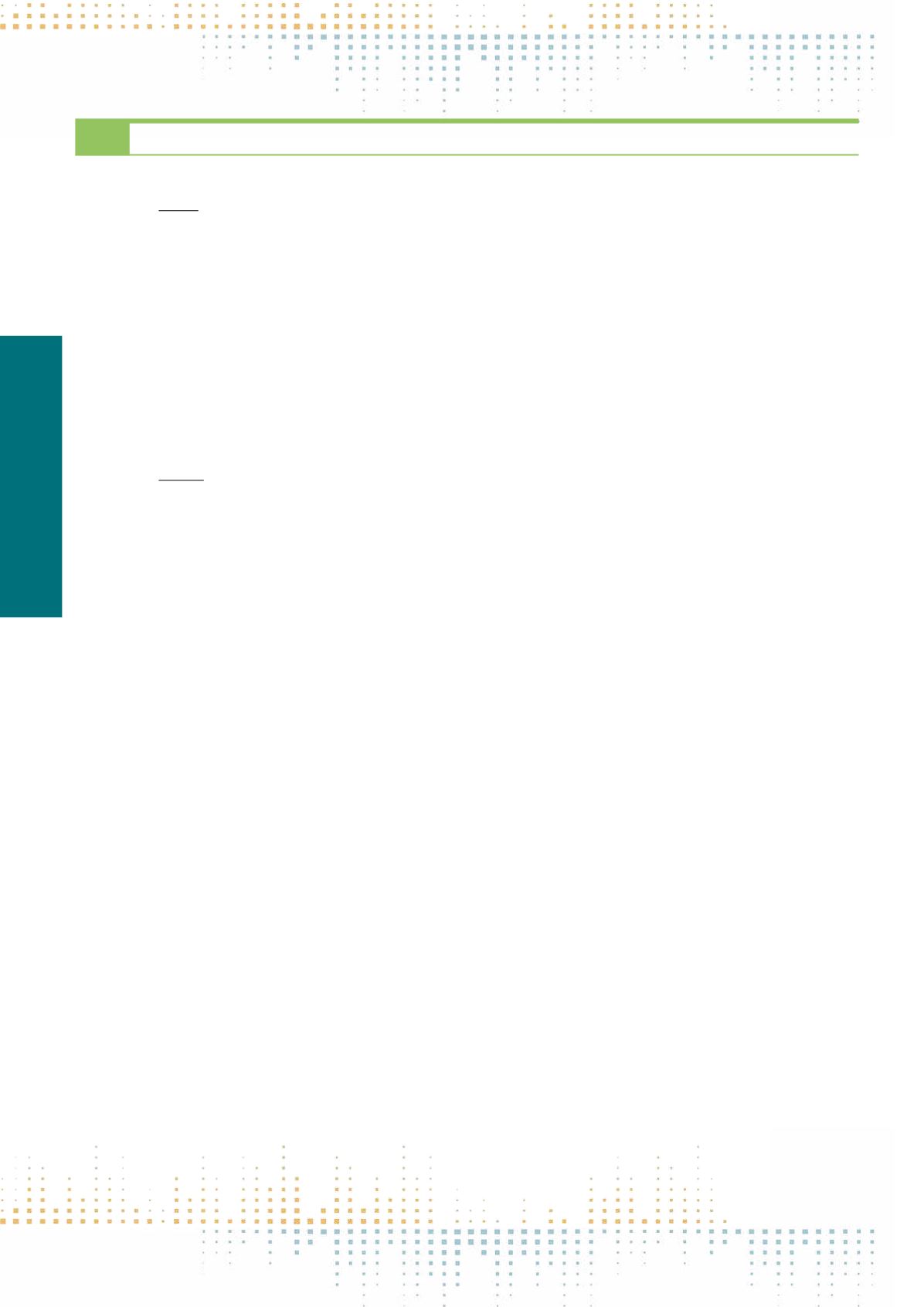

128
Friday, November 11
1 4 : 3 0 – 1 6 : 0 0
COHPS
Poster session
PS 021
Discontinuity in Czech and Slovak Media After 1989: Transformation in Newsrooms
P. Hanak
1
, L. Osvaldová
2
1
Charles University, Faculty of Social Sciences- IKSZ, Prague, Czech Republic
2
Charles University Prague, Prague, Czech Republic
Media, newsrooms and journalists changed dramatically after 1989 in Czechoslovakia. Media policy of the communist regime has been replaced by media
policy of emerging democracy. This study is an attempt to understand how this radical change of political regime and relation between media and power
has affected journalism. This paper presents ongoing research and possible first outlines of partial results. It aims at showing what have been the most
important processes in newsrooms during the change of regime, as well as the most important impact of this paradigmatical change of state policy on
mass-media. This research is methodologically based on oral history and in-depth interviews with journalists from newsrooms of main news media and
media-policymakers in 1989–1994. The paper has multidisciplinary scope. It is a historical study combining media studies with law and political science
(transitology). The authors use a comparative perspective, in order to study changes in Slovak and Czech media and between radio, television and print
newsrooms. This research aspires to contribute to recent history of Czechoslovak media and history of media policy and regulation.
PS 022
Social Networks Between Media and Politics in International Relations. An Ego-Network Model of Information Practices
of the Journalist Ernst Feder at the League of Nations (1926–1932)
E. Koenen
1
1
University of Bremen, Department 9: Cultural Studies- Centre for Media- Communication and Information Research, Bremen, Germany
Since its foundation in 1920, the League of Nations (LoN) played an important role in the transformation of international relations by means of openness
and publicity (cf. Infor-mation Section 1928; Ranshofen-Wertheimer 1945).For this reason, the press was provid-ed with information, accommodation and
technical facilities for meetings. To communicate the LoN, the Information Section was founded, which organized various mechanisms of regular official
information as well as verbal official information (Information Section 1928: 20ff.; Ranshofen-Wertheimer 1945: 202ff.). Against this background, the initial
thesis of this paper is that the LoN, caused by the official focus on informing, also formed an organizational context with ‘leaky’ communication circuits
between policy-makers and the press (cf. Desmond 1937: 224ff.). As official information was uniform and distributed to all press representatives simul‑
taneously, practices of interpersonal information increasingly played a special role for the journalists at the LoN. To get news and information exclusively
and at first for the newspaper they wrote for, journalists cultivated extensive social networks with colleagues on the one hand and diplomats, officials and
politicians on the other hand. Conversely, politicians did have close friends among the journalists or utilized personal contacts to journalists as ‘filters’ to
spread information in their interest. A number of autobiographical reports written by former journalists accredited at the LoN offer numerous suggestions
in this direction (cf. for example: Eckardt 1967; Feder 1971; Stutterheim 1938; Withaker 1937). While most of these documents outline such conduct rather
casually, the diaries of Ernst Feder (1971) give information at great length about his contacts and practices to get news informally. An actor-centred qual‑
itative network visualization (cf. for the method: Hepp 2015) of these helps to explore the variety of Feder’s personal contacts at the LoN and to systemize
his practices of informing. A network map brings the various data in the diaries together and allows to deduce his social network ‘to stay up to date’. To
model Feder’s ego-network, first all his contacts were coded by categories covering form, intensity, quality and social role of the contact person. To visualize
the collected data, VennMaker 1.5.7 (Schönhuth et al. 2015) was used “as a heuristic tool for the visual exploration of networks”(Düring et al. 2011: 423).
Overall, the model shows with the example of Feder not only the relevance and complexity of interpersonal informing practices and social networks at
the LoN, but also reveals the close interweaving of media actors and politi-cians in international relations. Works cited: Desmond, R.W. (1937): The Press
and World Affairs. New York, London; Hepp, A. (2015): Qualitative Netzwerkanalyse in der Kommunikationswissenschaft. In: Averbeck-Lietz, S.; Meyen,
M. (Hrsg.): Handbuch nicht standardisierte Methoden in der Kommunikationswissenschaft. Wiesbaden, 347–367; Düring, M. et al. (2011): VennMaker for
Historians. In: REDES, 21, 421–452; Ranshofen-Wertheimer, E.F. (1945): The International Secretariat. Washington; Schönhuth, M. et al. (2015): VennMaker
1.5.7.
http://www.vennmaker.comSources: Eckardt, F. von (1967): Ein unordentliches Leben. Düsseldorf; Feder, E. (1971): Heute sprach ich mit… Stutt‑
gart; Stutterheim, K. von (1938): Zwischen den Zeiten. Berlin; Withaker, J.T. (1937): And Fear Came. New York.



















